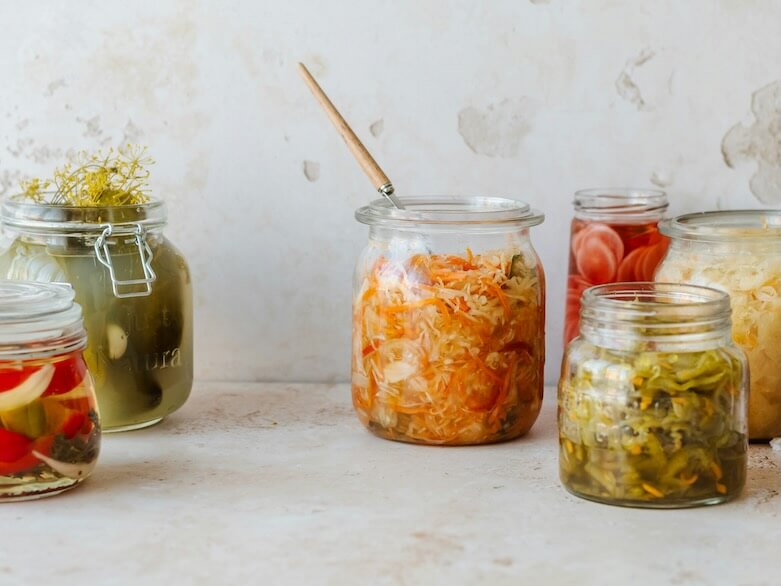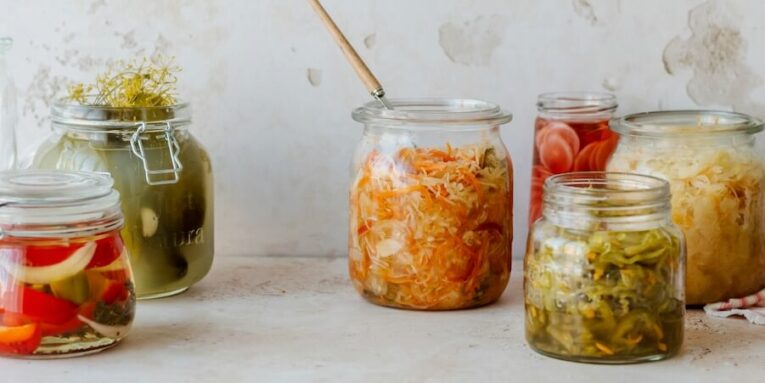Considering the global competition for food production, small factory owners need to solve several problems connected with the shelf-life, quality, and packaging of the product. It is essential to acquire proper methods in food preservation to have a long preservation period, less spoilage and better quality products.

The following are key strategies, which small factory owners can use to realize the above goals successfully:
1. Canning and Jar Sealing
Canning is one of the oldest techniques of food preservation covering most types of foods, including fruits, vegetables, meats and sauces. It entails putting the food in jars and heating it to temperatures that are enough to eliminate dangerous types of microorganisms. During cooling many bacteria that are responsible for spoilage are locked away through vacuum seal. To prevent batches from varying and lack of quality control, quality canning equipment for small factories has to be bought.
2. Freezing
Freezing is one of the most uncomplicated techniques of preservation since the growth of bacteria is inhibited by reducing the temperature of food. Therefore, it is evident that Freezers and temperatures should be well maintained with efficient checkups advised mostly for small business entities. For synthesizing tender products, flash freezing is a suitable method of preserving the edible goods.
3. Drying and Dehydration
Cooking and drying both drain off moisture from the food making it unfavorable for bacterial or mold growth. It is well suitable for the preservation of fruits, herbs and even meats such as jerky among others. Small factory owners thus need to ensure that they source for high end commercial dehydrators with the ability to dehydrate the product evenly and for a longer period.
4. Pickling and Fermentation
As for both methods, it not only prolongs the shelf life of products, but also brings special tastes to products. Small factories are in a position to test this method to design unique products within the market.
5. Adding Food Preservatives
The most common food additives that help to control the growth of fungus, mold, yeast, and bacteria are potassium sorbate and sodium benzoate. Potassium sorbate is more efficient in sour food products such as dairy products, cakes, and drinks. It is also stable in acidic media, and this makes it ideal for use in such drinks as carbonated bottled products, fruit based products such as juices, and condiments such as ketchup. This ingredient is widely used in many food-related items still, there is always a debate if potassium sorbate is good or bad.
Potassium sorbate is very proficient when it comes to prevention of the spoilage by microorganisms including mold, yeast and some bacteria. This quality is very critical in preserving foods and drinks by making them to last long without being a health risk to humans in the process. It is extremely valuable for the production of cheese, yogurt, wine, and all sorts of baked goods, mostly because the preservative capabilities of this compound are outstanding.
Potassium sorbate is classified as non toxic and has low sensitizing effects and is rarely allergenic making it versatile to be used in many food items. The addition of the preservative does not adversely affect the flavor of the food products. It is particularly effective at very low concentrations, meaning that it will be cheap to the manufacturers. This versatility enables the application of the product in several food items including fruit juices, wines, meats, and seafood.
Sodium benzoate is a popular food preservative which is primarily utilized for prohibiting the development of injurious bacteria, yeast, molds, etc. This product is particularly useful in acidic media and therefore finds application in the preservation of food and drink items. The major application of sodium benzoate is in the food industry as a preservative. The prevention of the formation of microorganisms that cause spoiling increases the shelf life of the products. According to its solubility characteristic, sodium benzoate is most effective under acidic conditions and its common applications include carbonated soft drinks, fruits and vegetable juices, pickles, and sauces.
Sodium benzoate is used in carbonated beverages, fruit juices and in soft drinks. This is perhaps its most important function in such products because often the finished food products must be stored for longer periods. Sodium benzoate has the function of preserving the microbial stability of the beverages, thus effectively providing safe and high quality products to consumers.
Many sauces such as ketchup, salad dressings, soy sauce, and hot sauces include sodium benzoate. These condiments are generally acidic and most of the time is a good source of germs. Sodium benzoate also assists in prolonging the taste and the shelf life of the products, assuringthe consumer of safe food.
Sodium benzoate has the advantage of acting as a preservative and adds value to pickled vegetables, fruits, and relishes. Its acidic nature makes pickled products appropriate for this preservative which prevents bacterial and fungal growth capable of spoiling the food item. In jams, jellies and marmalades which are fruit based products, sodium benzoate is used because it retards the growth of mold and yeast. This helps to increase the shelf life of these products and retain their taste as well as quality.
Conclusion
When such preservation techniques are learned, small factory owners can make their products safe to consume, add quality and be affordable to consumers. Appropriate use of equipment and preservatives is the key to food preservation.
People also read this: Why Every Crypto Investor Should Understand DeFi Aggregators

